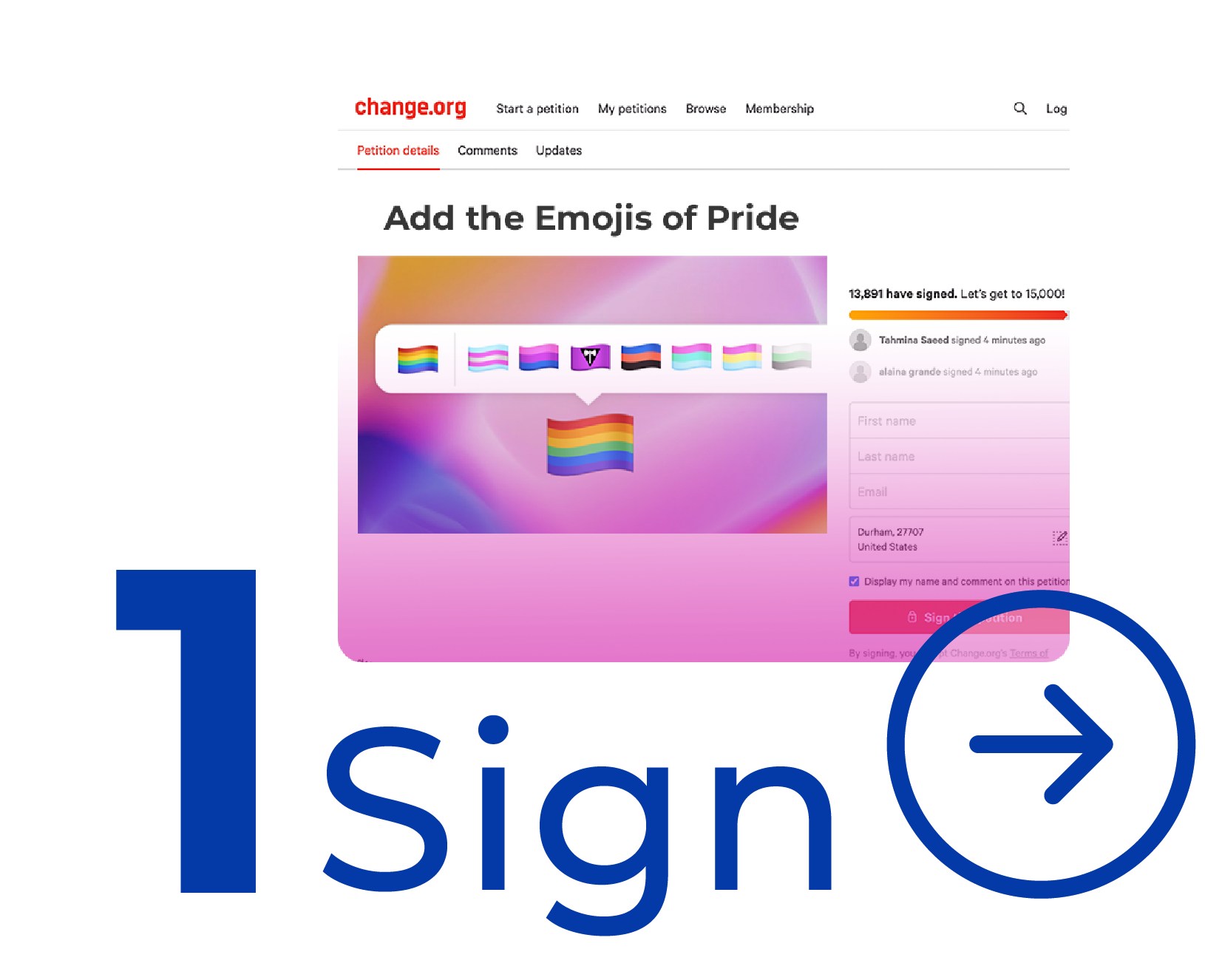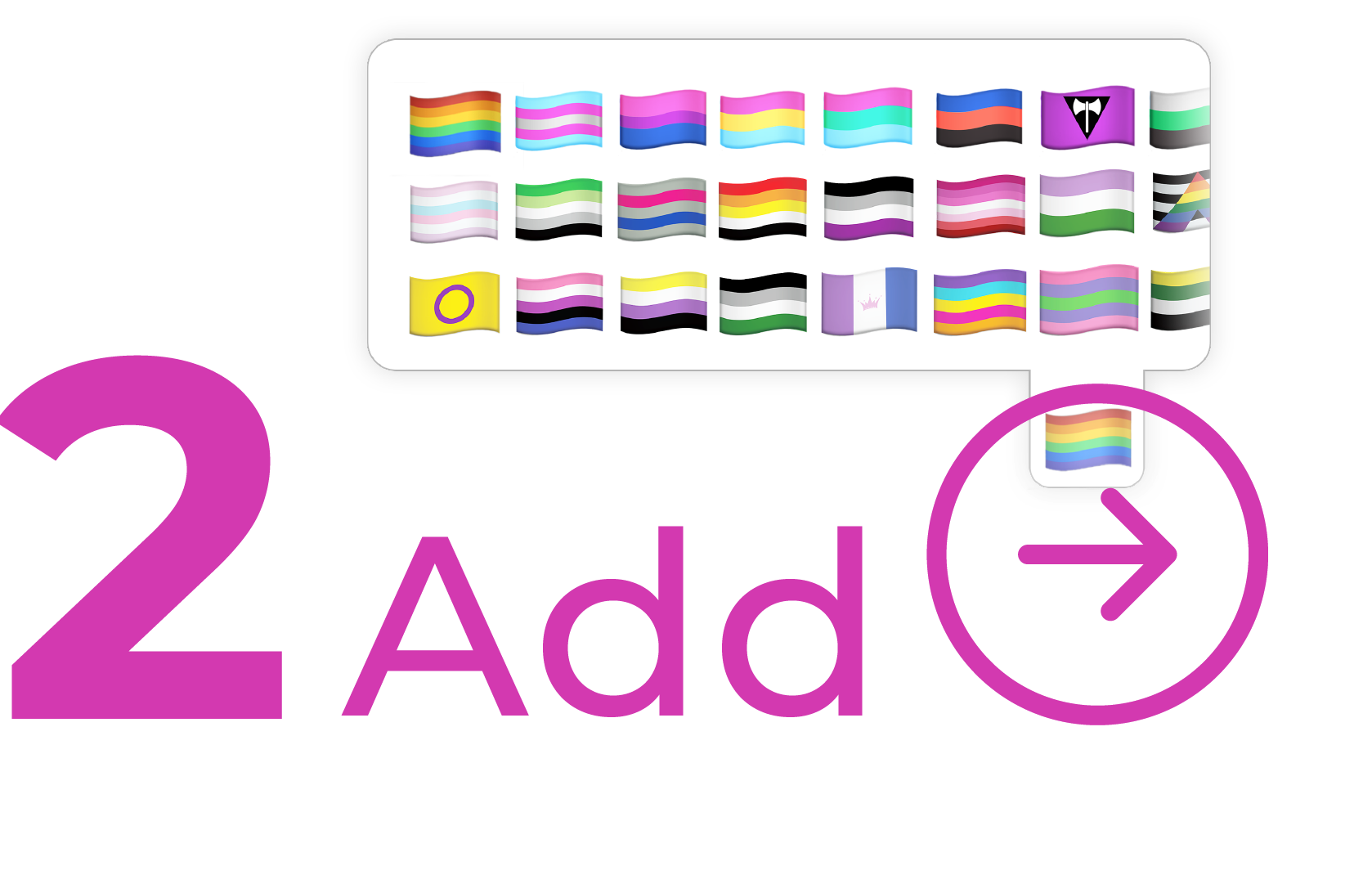
Since Gilbert Baker created the Rainbow Flag in 1978, it has become a globally recognized symbol of liberation for the LGBTQ+ community, inspiring many other identities across the queer spectrum to design flags of their own. Today, there are dozens, but only two in the emoji keyboard.

Since Gilbert Baker created the Rainbow Flag in 1978, it has become a globally recognized symbol of liberation for the LGBTQ+ community, inspiring many other identities across the queer spectrum to design flags of their own. Today, there are dozens, but only two in the emoji keyboard.
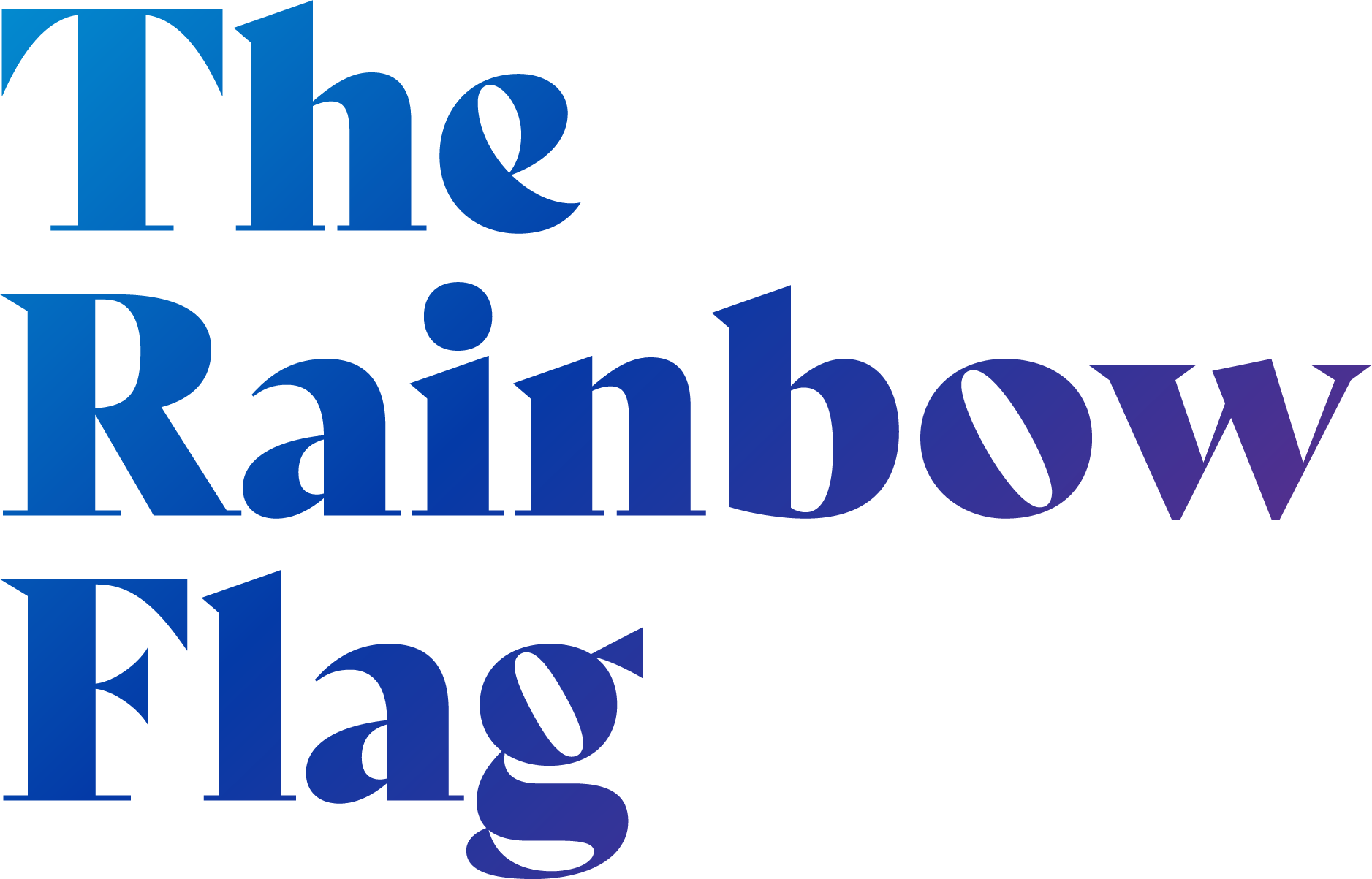

When Gilbert Baker first stitched the values into every stripe of the Rainbow Flag, he did so to represent all genders, all races, and all ages.
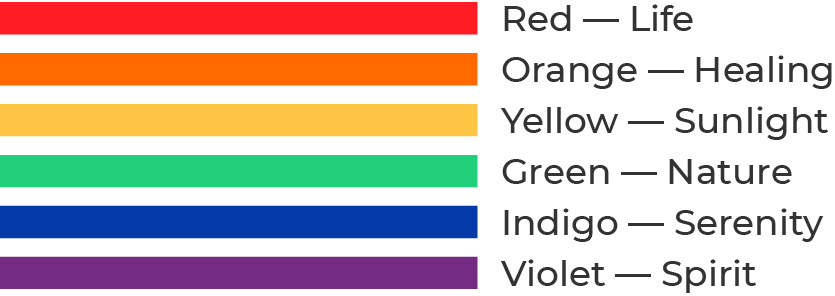

The Fight Continues
Flags aren’t just pieces of fabric, they’re symbols of safety and strength for all to rally around. And the rainbow flag was just the beginning.
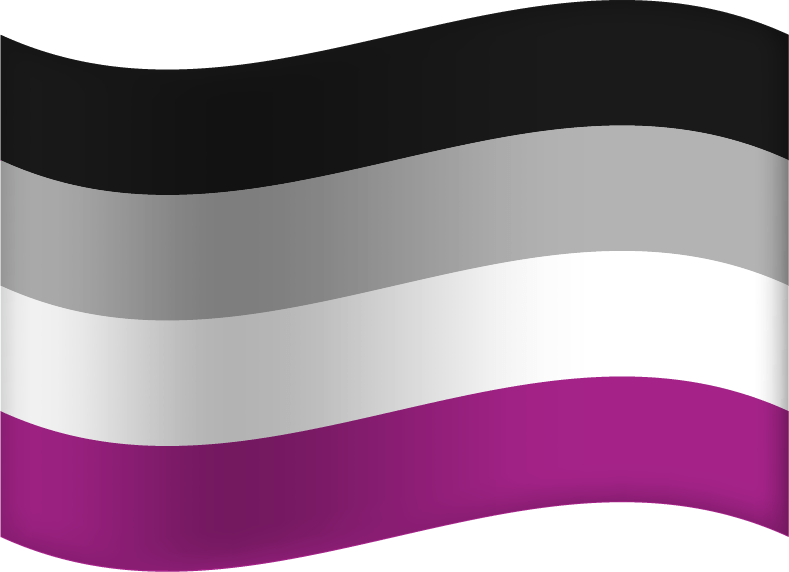
The Asexual Flag
Designed in 2010 as part of a contest to represent people who lack sexual attraction to all genders.
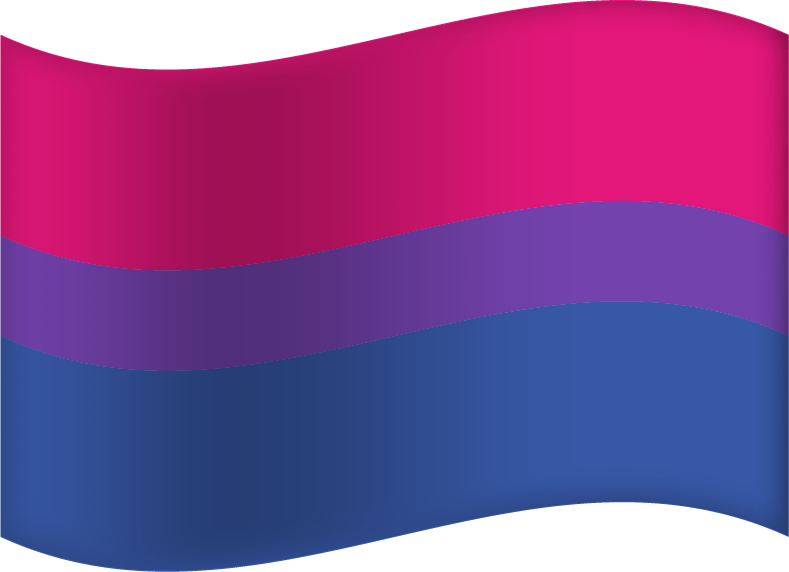
The Bisexual Flag
Designed by Michael Page in 1998, the Bisexual Flag represents same sex and hetero attraction.
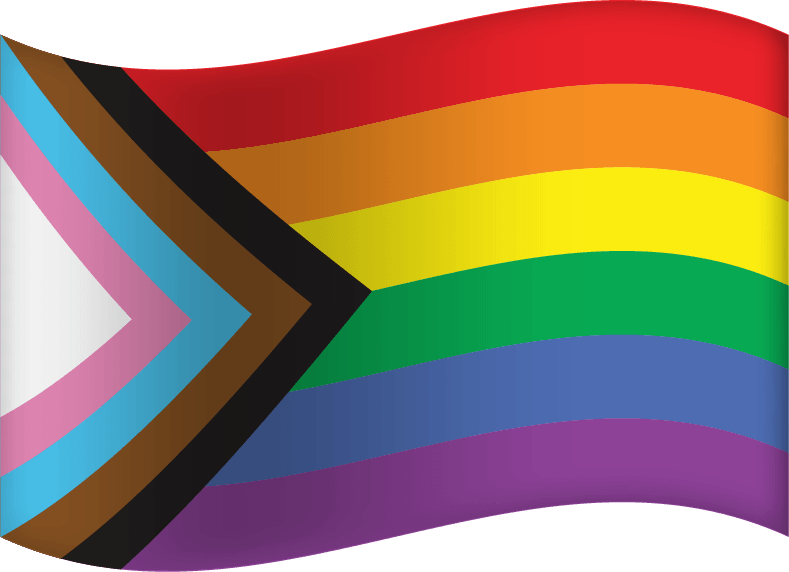
The Progress Flag
Designed by Daniel Quasar, the Progress Flag adds a triangular chevron to one side, with colors honoring the trans community and people of color.
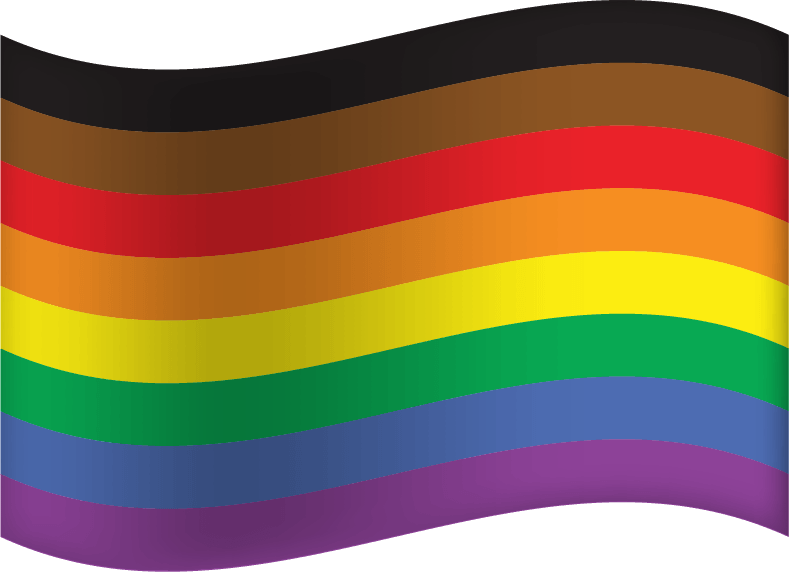
More Colors
Created by the city of Philadelphia in 2017, the added black and brown stripes are meant to represent inclusion of people of color.

The Gender Fluid Flag
Designed in 2013, the Gender Fluid Flag represents people who do not have a fixed gender identity and/or expression. Genderfluid people may also be nonbinary, multigender, or gender-nonconforming.
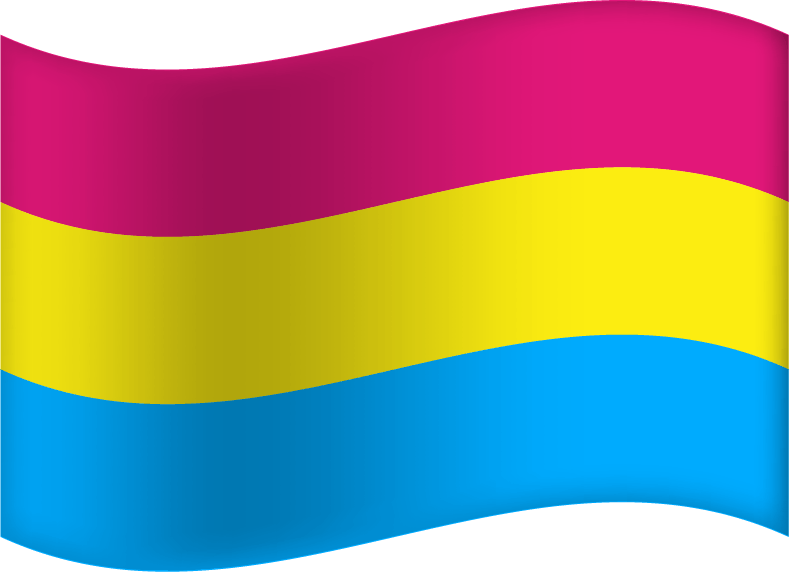
The Pansexual Flag
This flag was created around 2010 to differentiate between pansexuality and bisexuality. It represents the attraction to people regardless of sex or gender identity.

Non-Binary
Designed by Kyle Rowan in 2014, the Non-Binary Flag represents people whose gender identity don’t fit within the male/female binary.
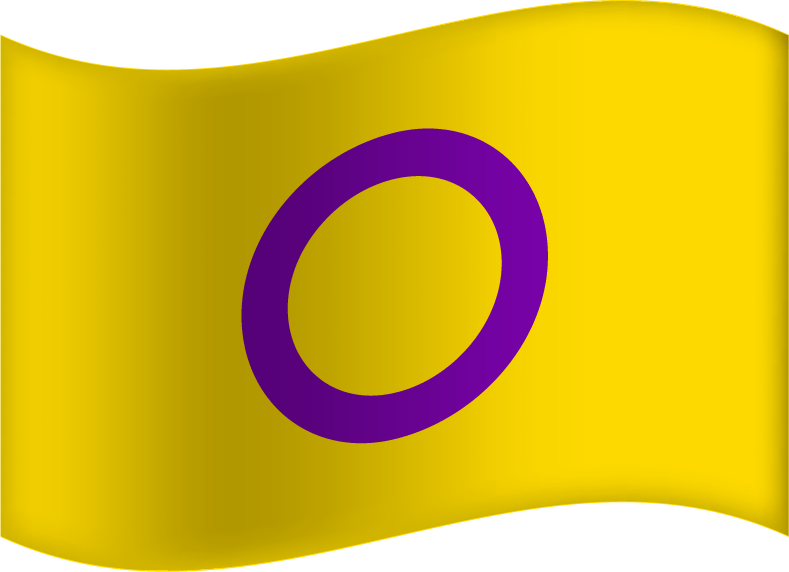
Intersex
Designed by Morgan Carpenter in 2013, the Intersex Flag represents people with physical sex characteristics that don’t fit traditional definitions of male or female.

Trans
Designed by Monica Helms in 1999, the Trans Flag represents those who are transitioning, intersex, or have an undefined gender.

